As a Latina, who has been involved in the art world as an artist and arts administrator for over fifteen years, it has been rare for me to feel represented in museums and galleries. Though this feeling has always been present, as a young adult I neither questioned my lack of representation in institutions, nor in my undergraduate curriculum, which provided a quick survey of Pre-Columbian art and then touched on Mexican muralism (mostly a focus on Diego Rivera and Frida Kahlo) and works by Felix Gonzales-Torres. It wasn’t until I spent time in 2005 traveling through Brazil, Uruguay, Argentina, Chile, and Peru that my eyes were opened to a whole new world of significant Latin American artists like Wanda Pimentel, Ascânio Maria Martins Monteiro, Joaquín Torres-García, Carlos Páez Vilaró, Marta Minujín, and Xul Solar.
Since that time, my opportunities to experience visual art by (mostly local and regional) Latino artists have been provided by smaller organizations like Artes de la Rosa in Fort Worth, the Latino Cultural Center in Dallas, and the Mexic-Arte Museum in Austin. As an avid museum visitor, in Texas and during my travels across the U.S., the opportunities to see art by Latinos have been few and far between, though admittedly in recent years this has been changing. Some North Texas standout shows have been the Modern Art Museum of Fort Worth’s México Inside Out: Themes in Art Since 1990 (2013); the Dallas Museum of Art’s México 1900–1950: Diego Rivera, Frida Kahlo, José Clemente Orozco, and the Avant-Garde (2017); and the Amon Carter Museum of American Art’s presentation of the Smithsonian’s traveling exhibition, ¡Printing the Revolution! The Rise and Impact of Chicano Graphics, 1965 to Now (2022).

Olga Costa, “Fruit-seller (La vendedora de frutas),” 1951, oil on canvas (óleo sobre tela), Museo de Arte Moderno, INBA, Mexico City © 2017 Artists Rights Society (ARS), New York / SOMAAP, Mexico City
Though I worked at the DMA at the time of their exhibition and was well aware of its scope, walking into the galleries brought me to tears. It was the first time I had been in a museum with so many modern (and overwhelmingly positive and uplifting) representations of figures that looked like me and my family. I was struck by how long it had taken for me to have this type of experience in a city where (in 2021) nearly 42% of the population identifies as Hispanic or Latino, and in a state where 40% of the population identifies as such. Sometimes these shifts come with shifts in leadership, as all people have blindspots and a new perspective can bring new insights.
For example, the DMA’s México exhibition was arranged and curated by its then-newly appointed director, Agustín Arteaga, who previously served as the director of the Museo Nacional de Arte in Mexico City. Since he joined the museum in 2016, the DMA also exhibited Flores Mexicanas: Women in Modern Mexican Art (2020) and hired its first curator of Latin American Art (2019).
So, it is a major moment for U.S. museums that last month, a new gallery exploring the country’s Latino history opened at the Smithsonian’s National Museum of American History (NMAH). The 4,500-square-foot gallery is small but mighty, and is the first step in a larger plan — just as the National Museum of African American History and Culture (NMAAHC) began as a gallery space within NMAH, plans are underway for the National Museum of the American Latino (NMAL), a full museum dedicated to Latino American history. While I am not a fan of the name — because it comes across as detached, like a scientific study of a group of people — it is in line with that of the National Museum of the American Indian. Perhaps a better decision would be to adjust these both to be more along the lines of NMAAHC, which takes a more humanistic approach.
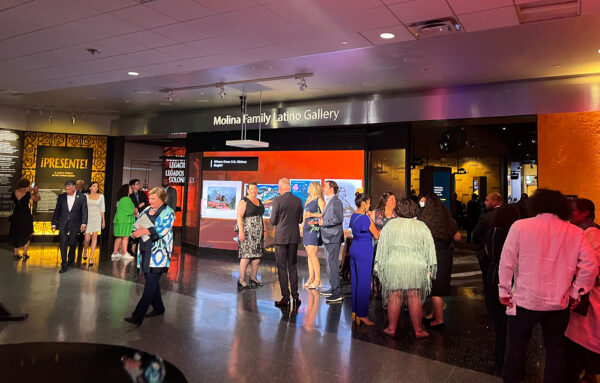
Exterior of the Molina Family Latino Gallery within the Smithsonian National Museum of American History.
NMAL, formerly the Smithsonian Latino Center (SLC) and originally the Smithsonian Center for Latino Initiatives, was established in 1997, but the recently opened Molina Family Latino Gallery marks its first proper exhibition space. SLC was initially created to “foster understanding and appreciation of the contributions made by Latinos to history, society, and culture,” and worked collaboratively with Smithsonian museums to assist with research, exhibitions, public programs, educational resources, and publications.
Eduardo Díaz, director of the SLC since 2008 and now Acting Deputy Director of NMAL, served as the director of Cultural Affairs for the City of San Antonio from 1981-1999. Díaz has played a major role in shaping the Molina Gallery and putting the SLC on the path to become the NMAL. In a recent press release announcing the opening of the inaugural gallery, Díaz said, “It was 25 years ago that the Smithsonian founded the Latino Center to increase Latino representation across the Institution, which also helped pave the way for the Latino Museum. I am proud to have played a role in the gallery’s development and to help usher in the new Latino Museum.”
When the gallery was initially announced in 2018, the SLC was a small team. Naturally, the organization decided to pull together advisory committees to assist with both the curatorial and educational aspects of the gallery. The scholarly advisory committee helped identify exhibition themes and related objects from the Smithsonian’s collection, and also produced research and assisted with writing the exhibition text. The education planning committee (which I served on) helped develop in-gallery educational components, educational resources, and programming. The committees consisted of professors, scholars, educators, and museum workers from across the United States, the majority of whom were Latino.
Along with myself, the education committee included a handful of other Texans, mainly from San Antonio, including Noël Bella Merriam, former Director of Education, Diversity, and Inclusion at the San Antonio Museum of Art; Michelle Everidge, Chief of Strategic Initiatives at the Witte Museum; and Jo’Anna Rosales, former Volunteer & Internship Program Manager at the Witte. Pre-COVID, the committee convened in Washington D.C. to brainstorm and develop ideas into more concrete components. During the pandemic, we met online to provide feedback on and finalize specific items like the Mini-Mochillas (small backpacks containing educational materials that visitors can check out), activity sheets, informational cards, and comics.
Rosales recently summed up the feelings many of us had by being a part of this historic moment: “This experience has been a highlight of my career and life… Every time I attended a meeting, got to review new content, and was able to provide feedback, my passion for arts and culture just grew even more, not to mention my pride in our cultural history. And this also gave me a whole new sense of gratitude for all my family and ancestors who have come before me… All of my elders’ hard work in the fields of South Texas, one a seamstress in Laredo at the age of 12 to help support her family, and I could go on and on with stories, but it’s because of their hard work that my parents became successful and I was able to go to college and that life brought me to be a part of something magnificent. To be on a team that helps share the many Latino stories and experiences with the world is an absolute gift.”
Everidge added, “I am a historian and have focused on migrant and displaced families and communities. I had often been the only Latina in the room during my time in academia. I was excited about the Molina Family Latino Gallery as a scholar of these histories, a museum professional, and also as a Latina who didn’t often see myself represented.”
Another San Antonio connection to the space came through the commissioning of a work of art by third-generation ceramist Verónica Castillo. While traditionally Tree of Life sculptures are religious, Castillo’s are known for incorporating social issues. The one she created for the Molina Gallery depicts people and events related to Latino struggles for justice. It perfectly encapsulates an overarching goal of the space: to pay homage to the traditions and the past while making connections to contemporary people and issues.
Condensing the varied experiences of Latinos in the U.S. into a relatively small gallery space presented many challenges, so the inaugural exhibition is necessarily dense. It covers important (and often difficult) histories, including colonization, slavery, the Mexican-American War, the history of Puerto Rico as a U.S. territory, civil rights, immigration issues, and important cultural figures. Along with these rich histories, the gallery also highlights Latino voices discussing various aspects of Latinidad in a poignant video directed by Alberto Ferreras; displays data related to the diversity of Latinos (language, religion, origin, etc.); and dissects the discussion around various labels (Latino, Hispanic, Latinx, Chicano, Boricua). On top of this, the entire exhibition is presented in both English and Spanish. Despite its fullness, the design of the space provides moments of rest from didactic labels with hands-on and sensory elements as well as seating.
The opening reception (which was just a day after the opening of The Cheech Marin Center for Chicano Art & Culture in Riverside, California) brought together hundreds of people who played a part in bringing the space to fruition, including the Smithsonian’s staff, members of the advisory committees, funders, and others. It was at once a time to revel in the accomplishment of the moment, and also a time to look ahead to all of the work that still needs to be done.
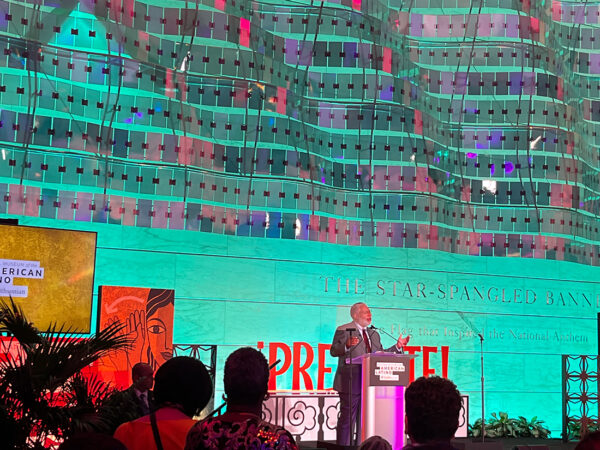
Lonnie G. Bunch III, Secretary of the Smithsonian Institution, speaks at the opening reception for the Molina Family Latino Gallery.
Current Secretary of the Smithsonian Institution (and founding director of the NMAAHC), Lonnie G. Bunch III, spoke at the opening event. During his speech he commented on the trajectory of NMAAHC and how it also began at the NMAH. He admitted the process towards a real institution would be slow, but that in a decade or so the NMAL would become a reality. Work has already begun on planning the next iteration of the Molina Gallery, and simultaneously, conversations are underway to select the location of the forthcoming museum. Recently, the Smithsonian announced that four locations are being considered for both the National Museum of the American Latino and the Smithsonian American Women’s History Museum.
It is an exciting time for the NMAL — the staff is expanding, programming associated with the gallery will be piloted this summer and launched in the fall, and advisory committees are being reformed to assist with the future of the institution. Personally, I cannot wait to revisit the gallery with my children, my siblings, my parents, and my friends so that we can experience the space together. Throughout my years of serving on the education planning committee, one of the most impactful things that I have taken away with me has been SLC’s unofficial motto: “Latino history is American history.”


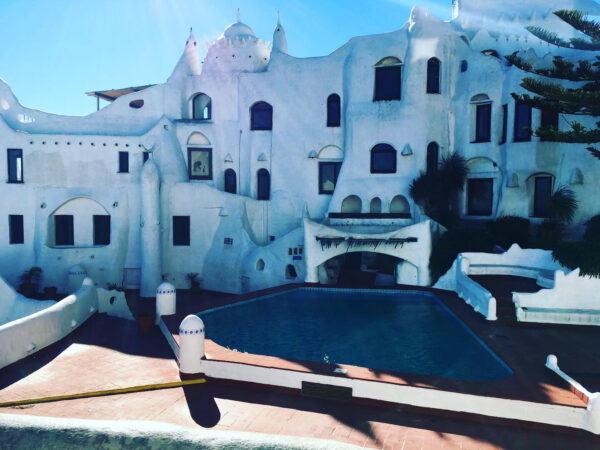
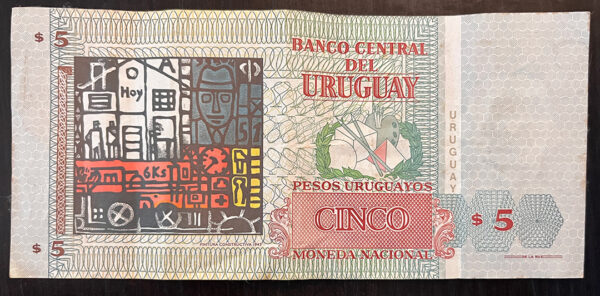


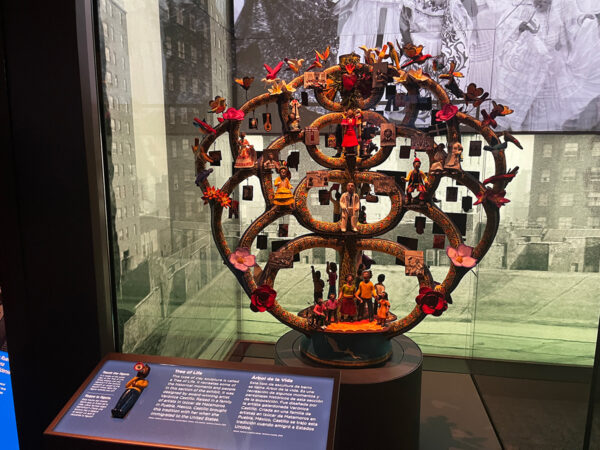
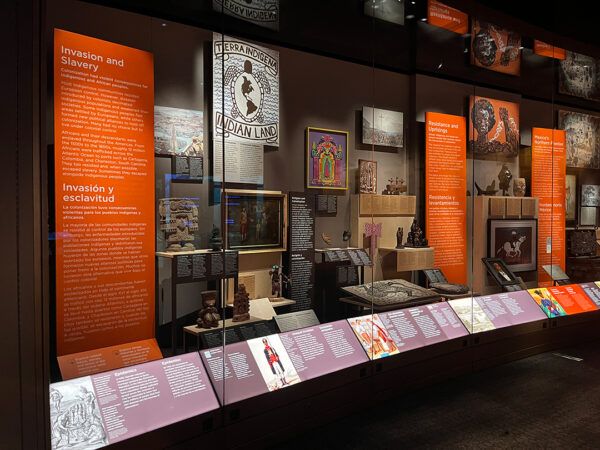
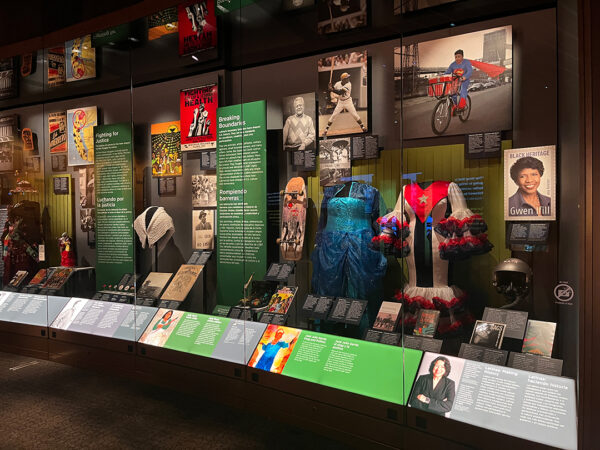
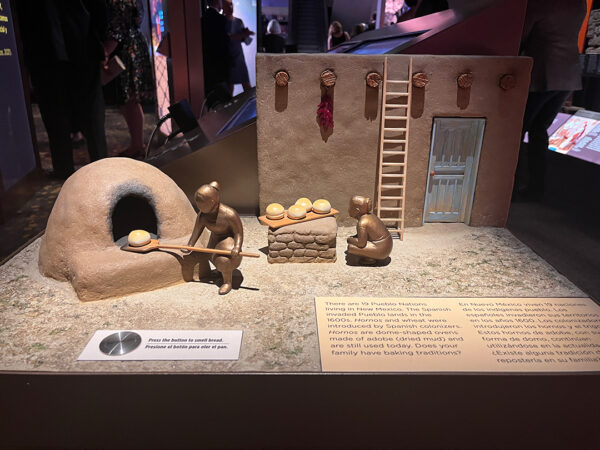
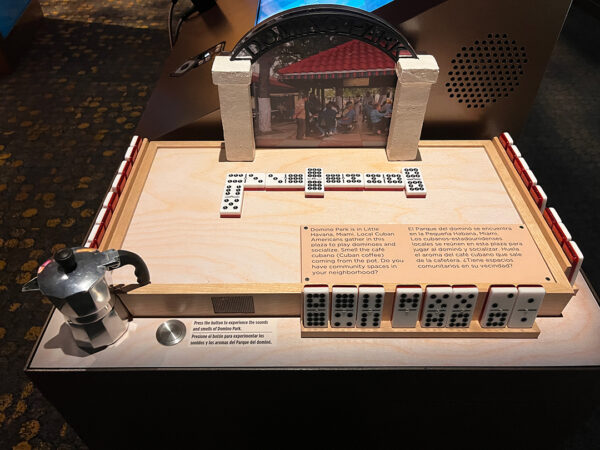

2 comments
That was a really thoughtful, informative article — thanks, Jessica!
Great write up Jessica!!!
Kudos to you !!
Have you ever heard of maestro Diego Rosales
He is the last living collaborator and student of Diego Rivera
We have a nice art collection of his here in miami which was brought over when he was creating his impressive mural at the Miami Dade College
Some of the art we possess are wall size painting
Unfortunately, as you mention in your article, it has been difficult to exhibit these art pieces since the Mexican art movement is not appreciated much here in this part of the USA.
I would love to share with you these paintings and story behind this 95 year old artist.
Not only an artist but an avid collector of prehispánica archeology from his country Mexico.
All the best
Bernardo Junco